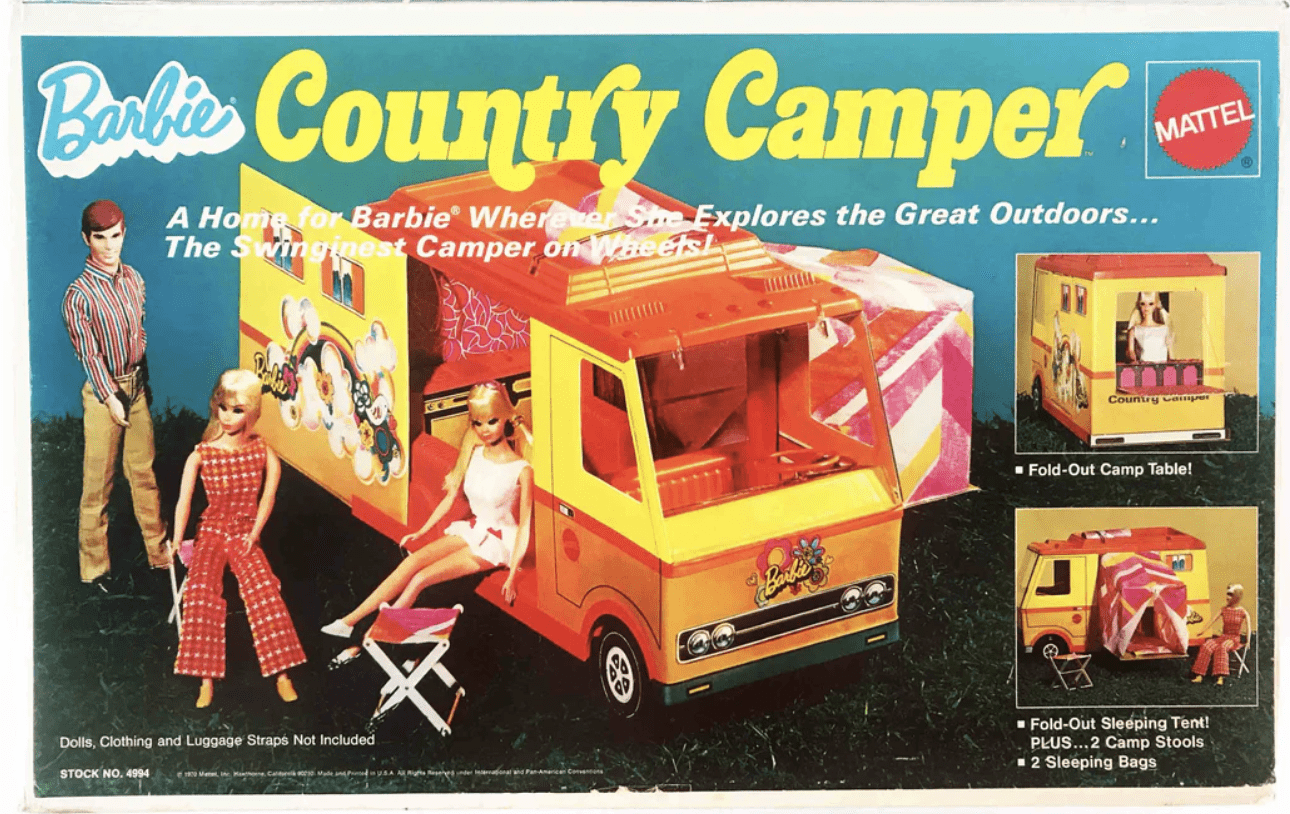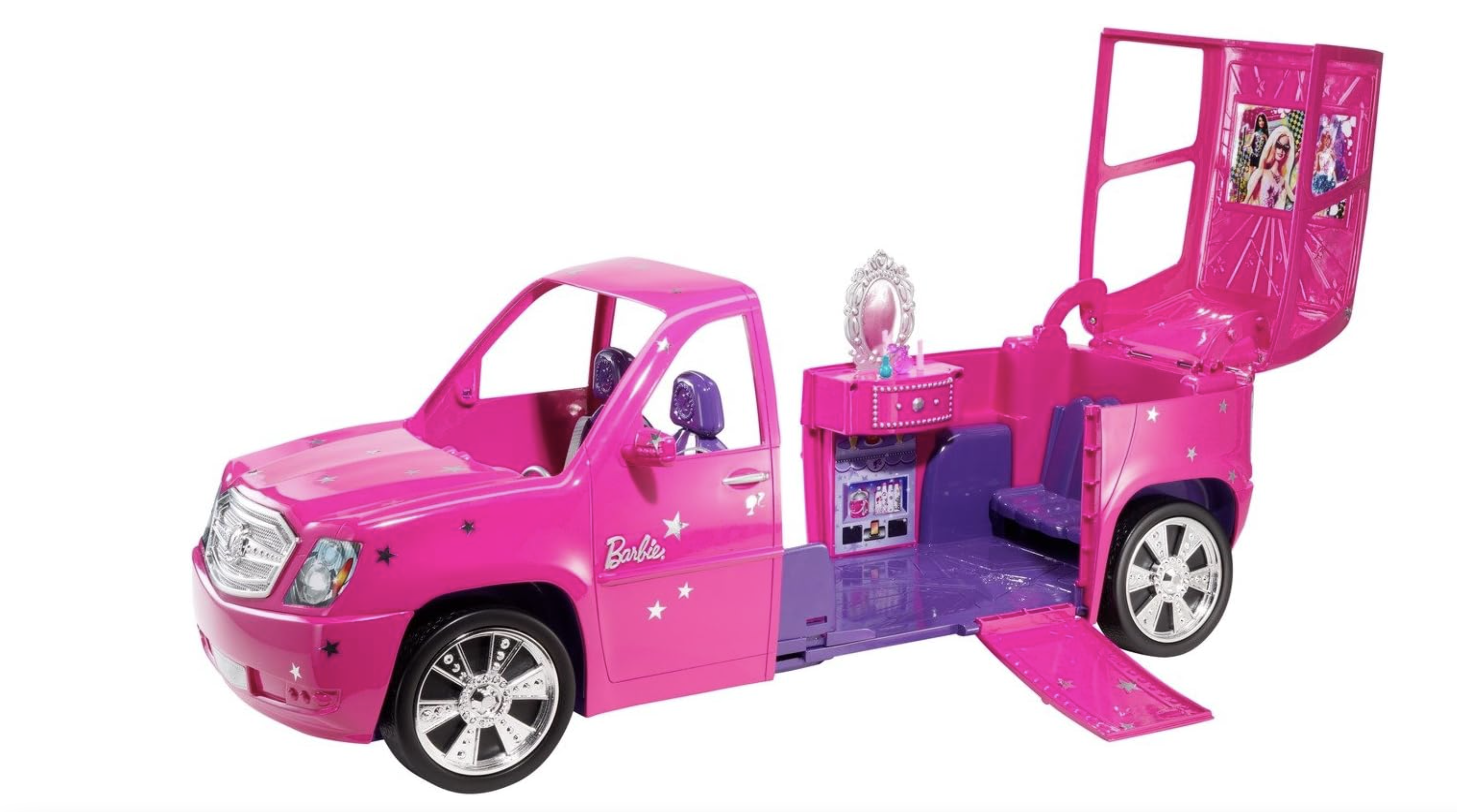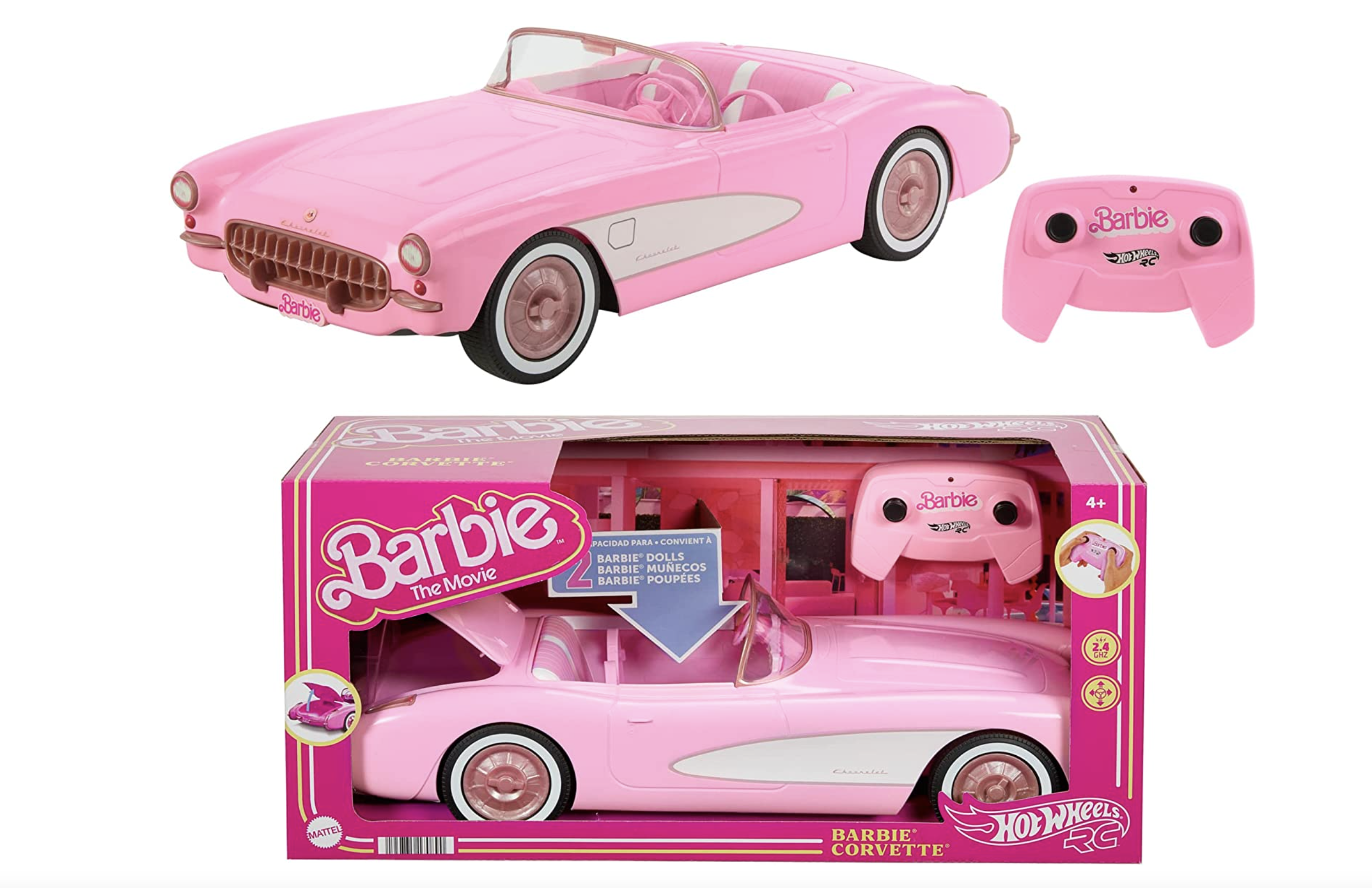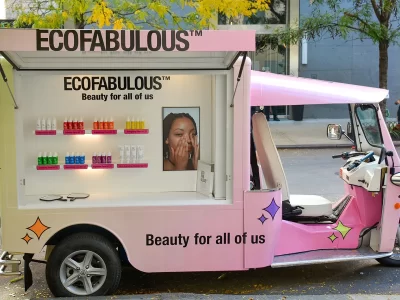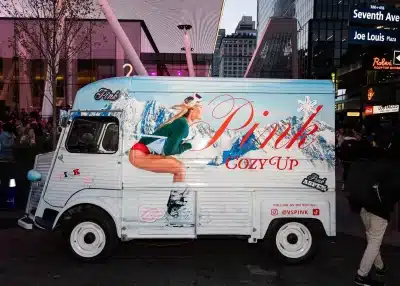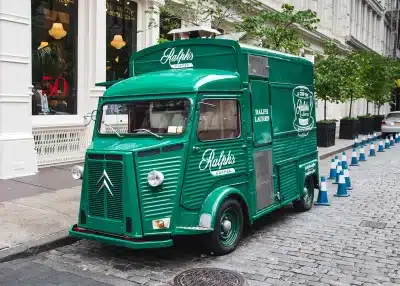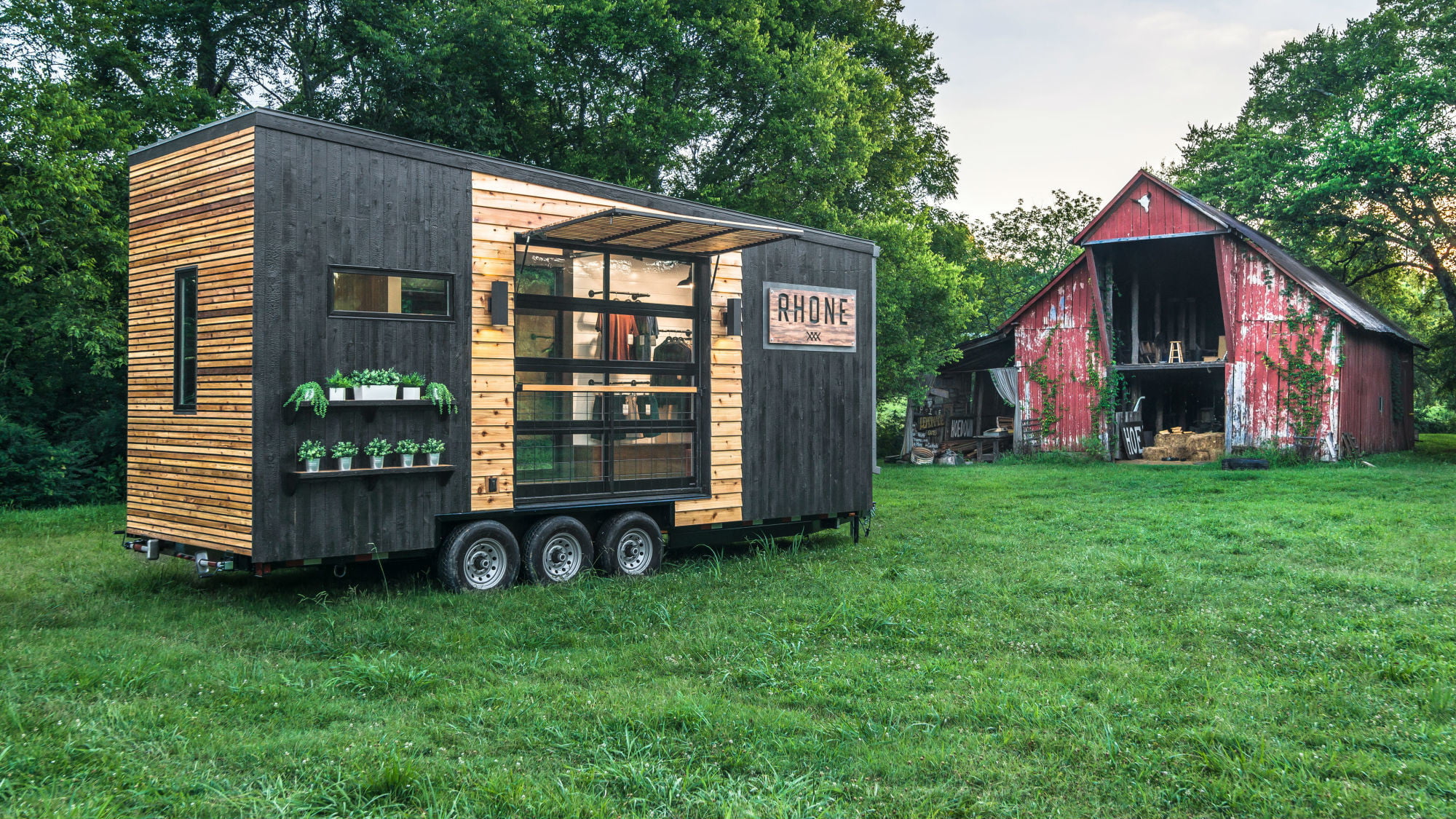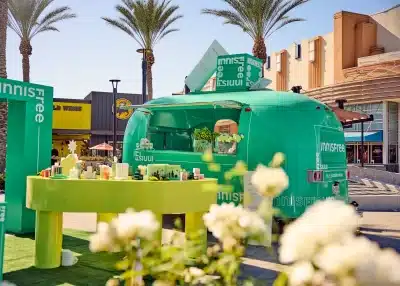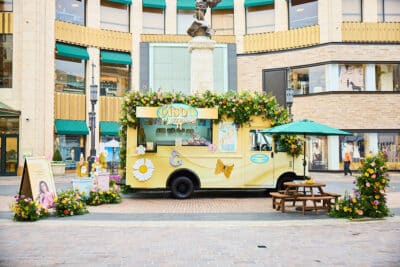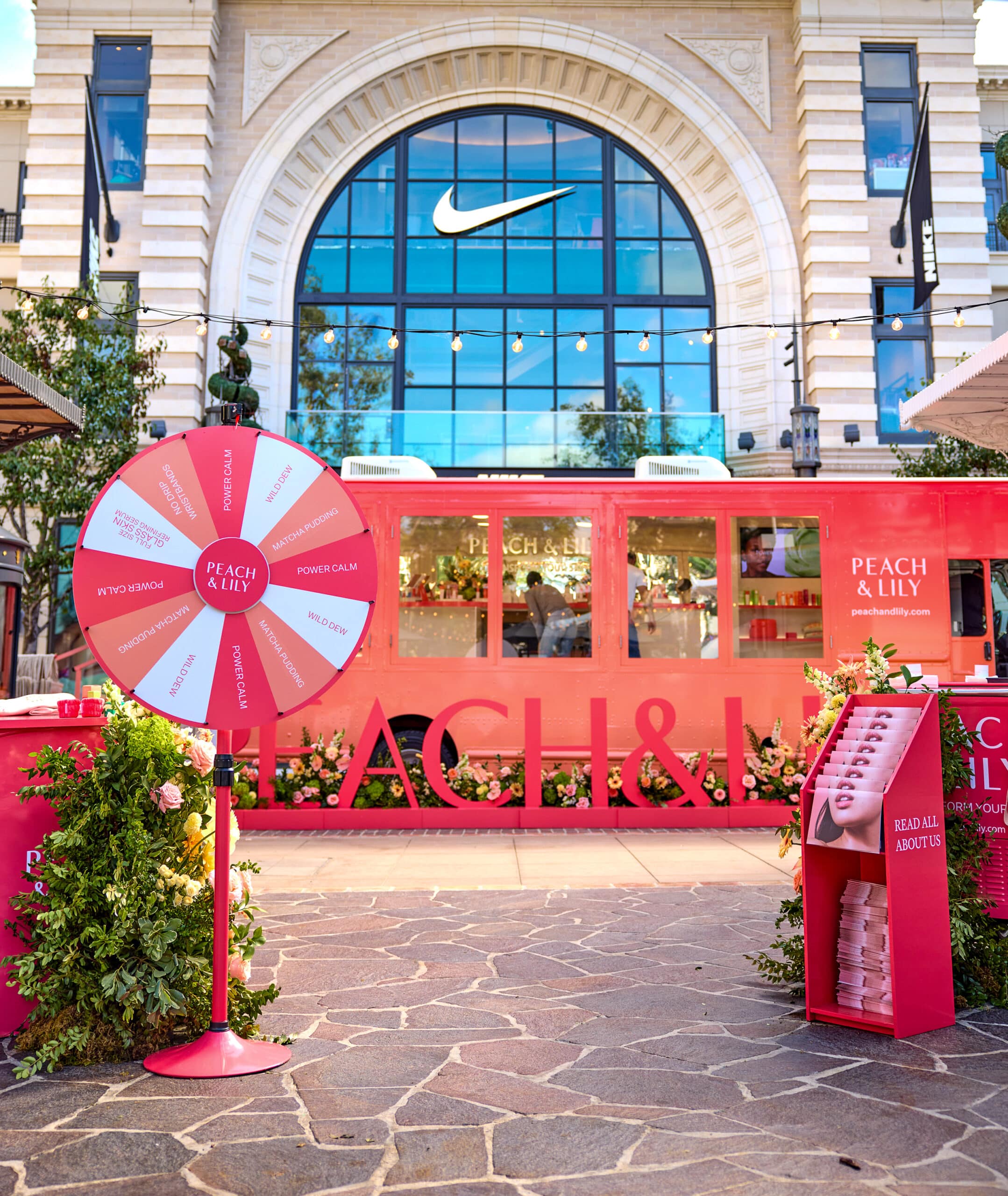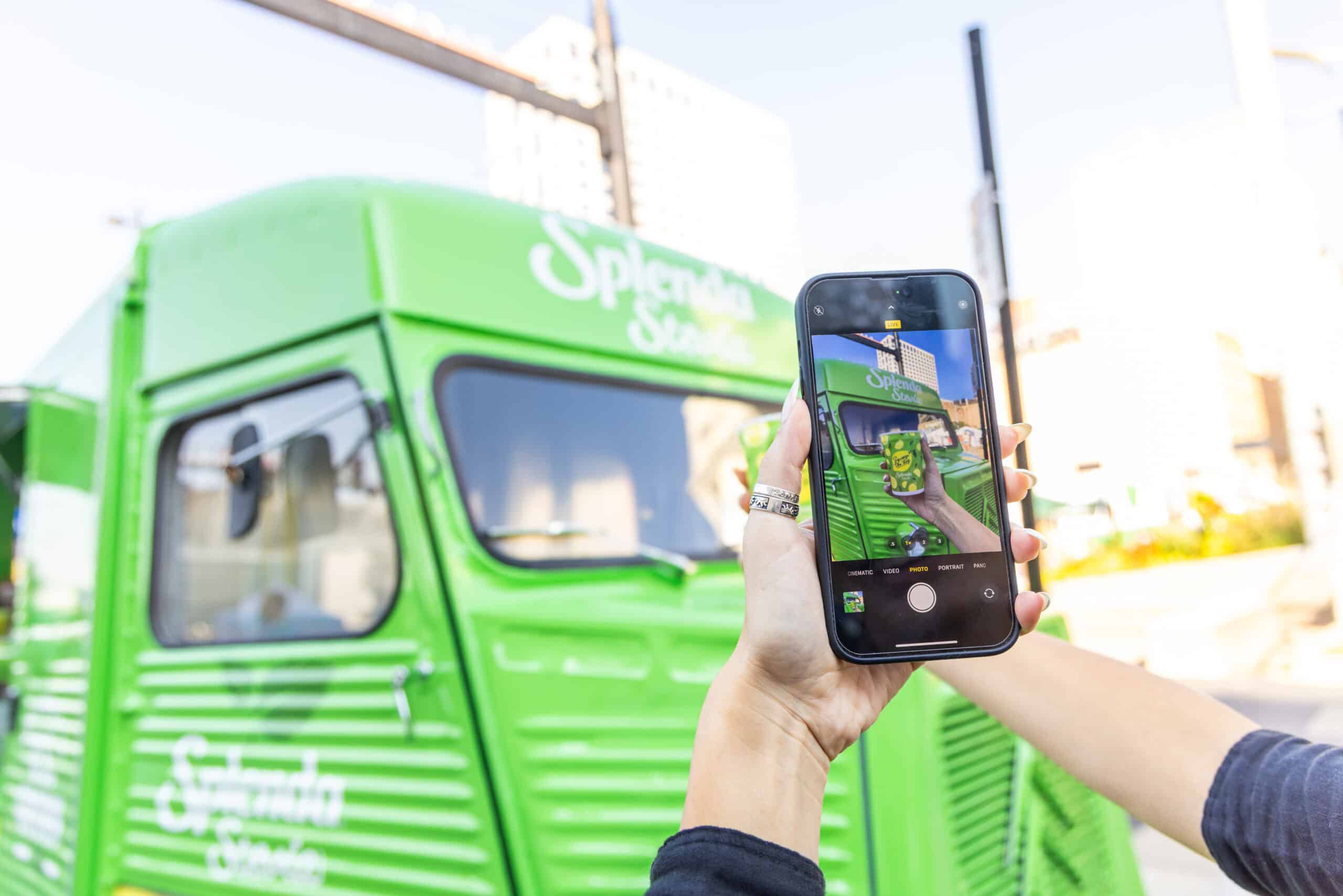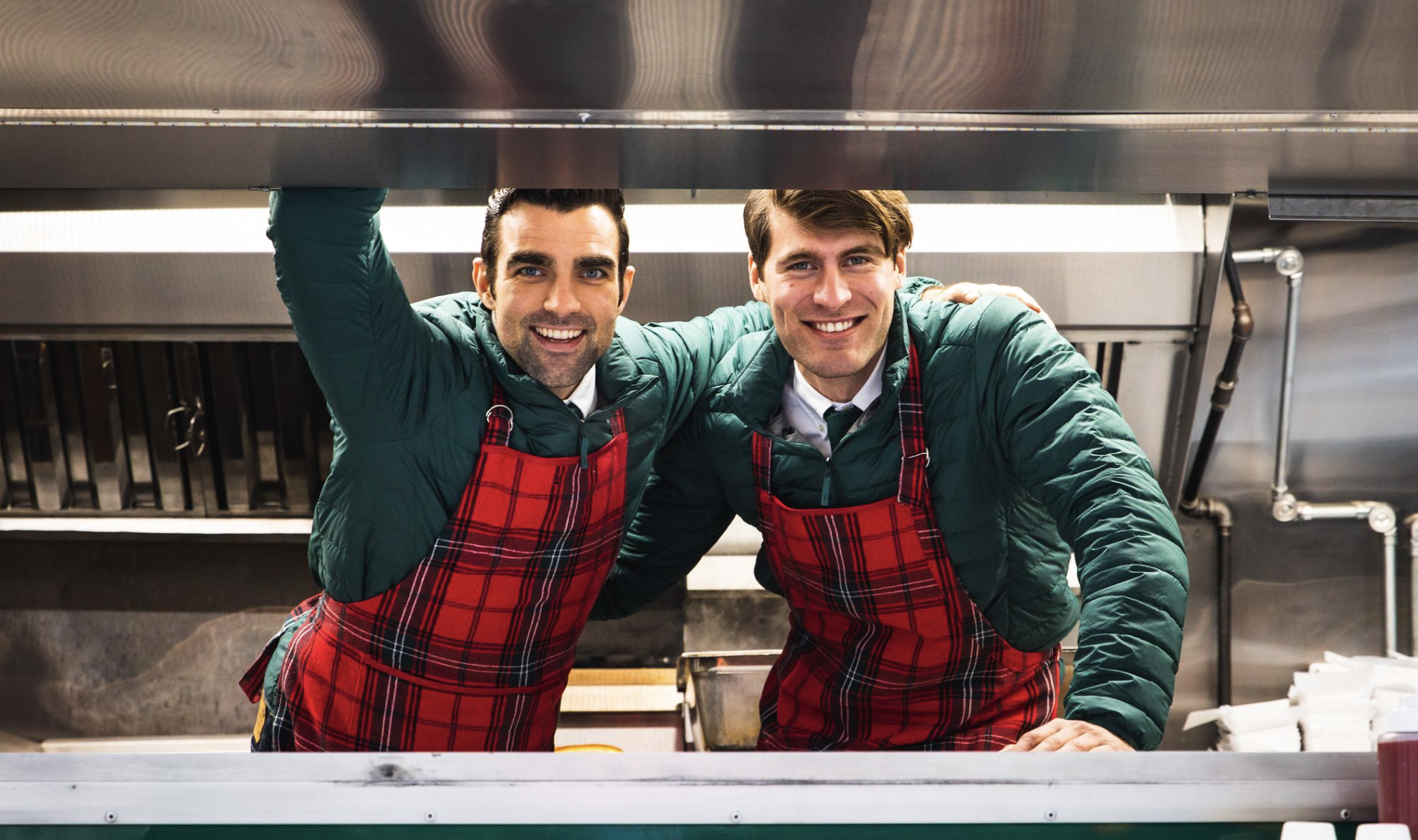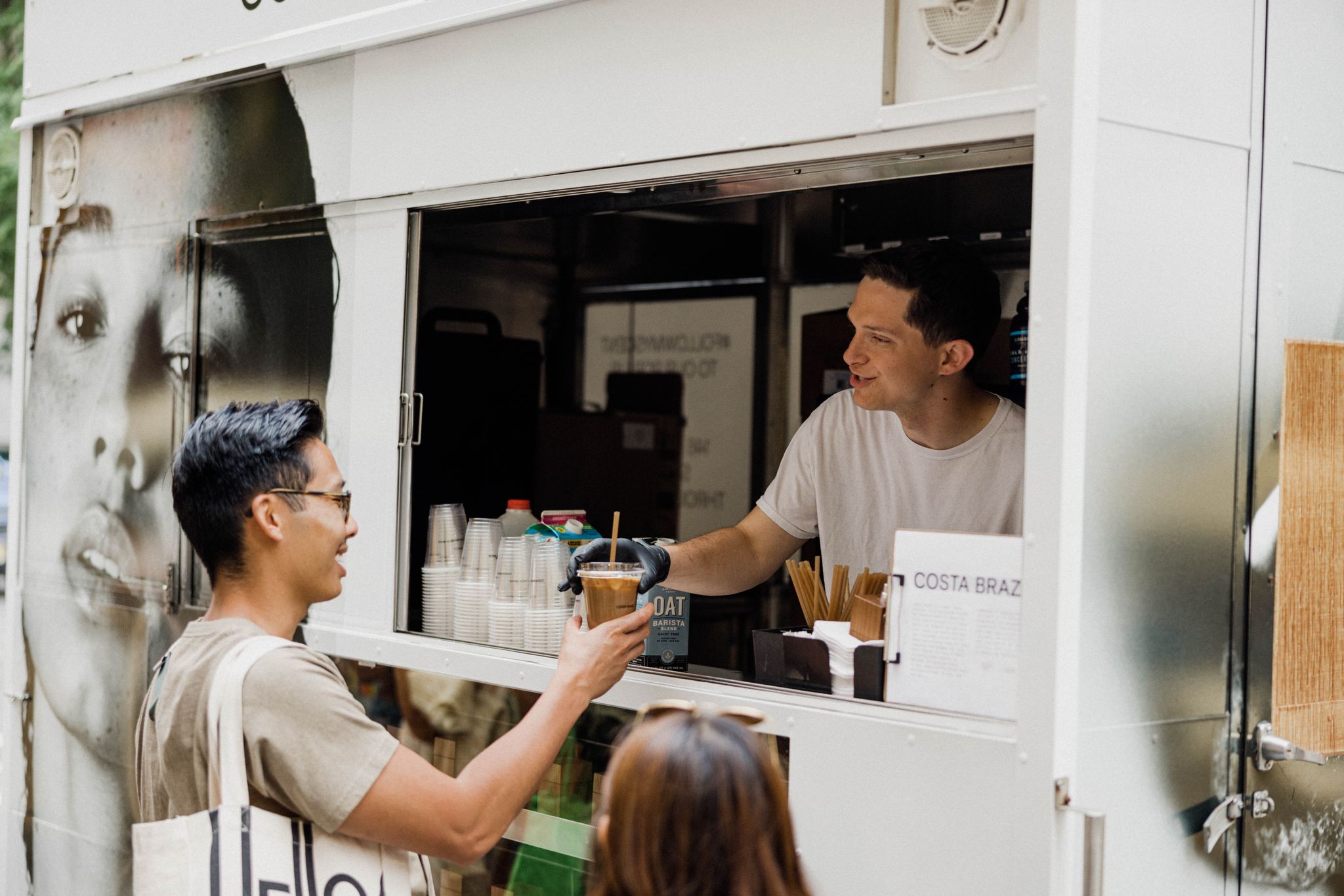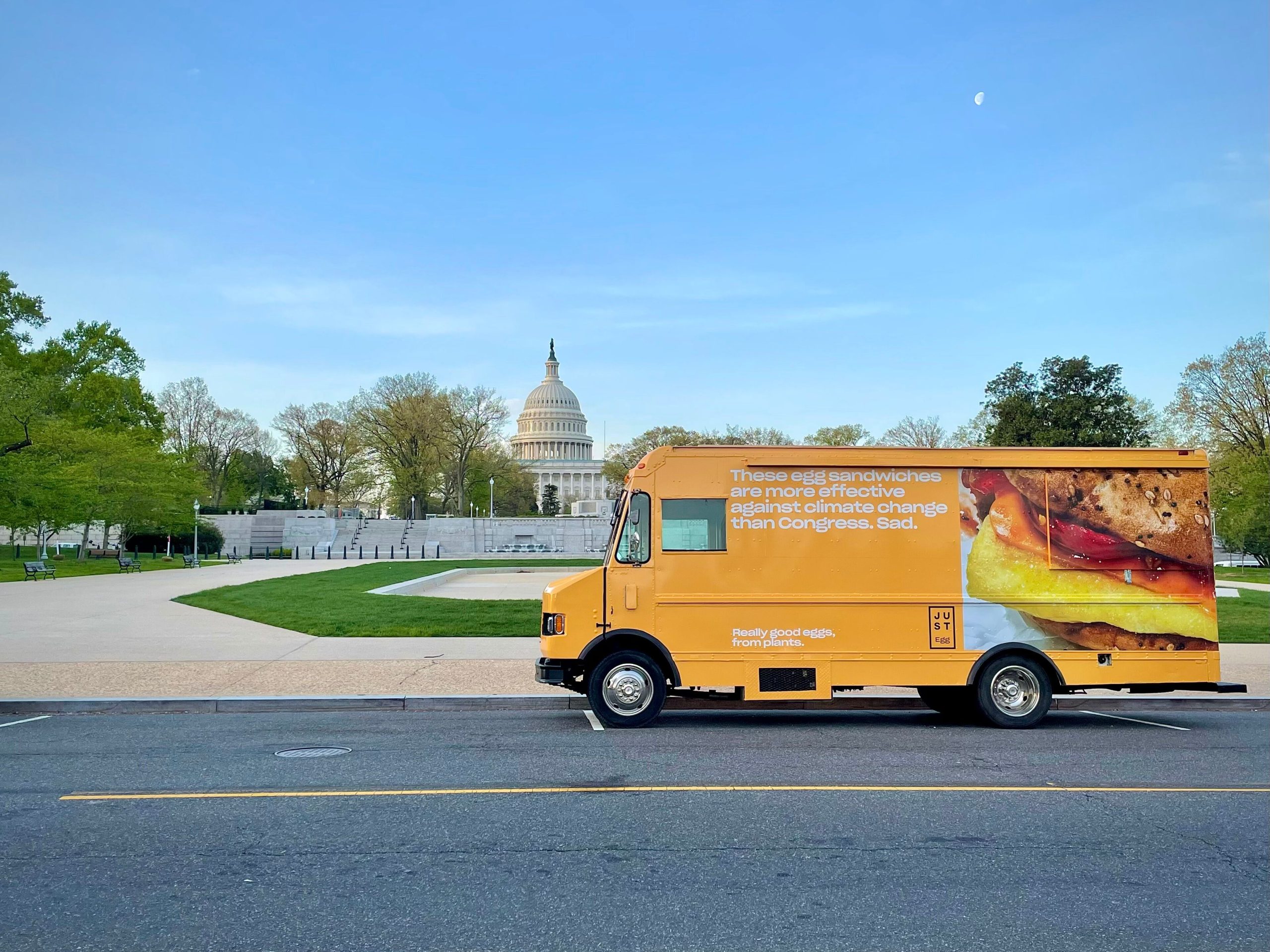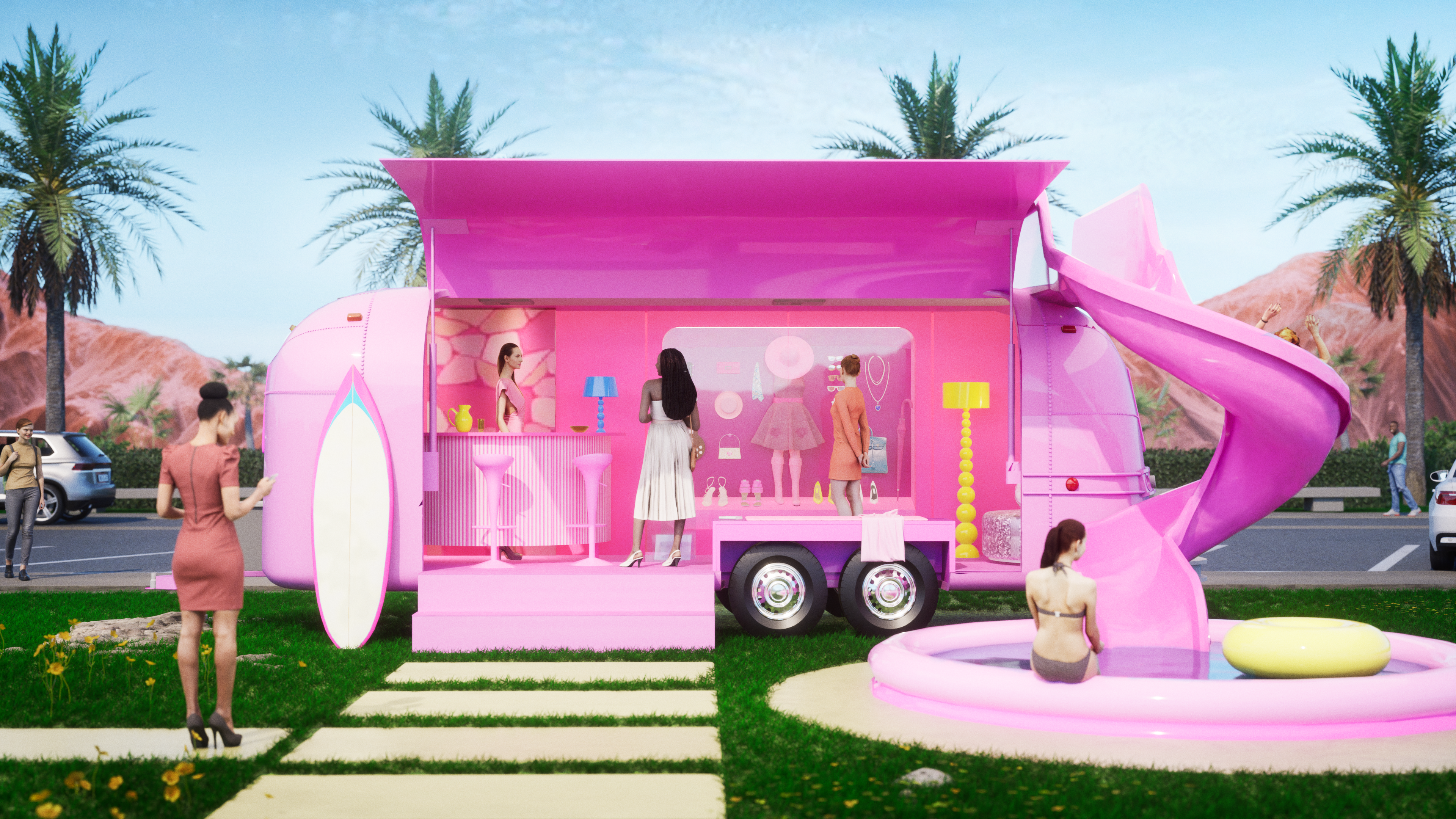
There’s no doubt about it — Barbie is back. Everyone’s favorite childhood dream girl is hitting the big screen on July 21, and the hype has people of all ages seeing pink.
The Barbie movie represents an iconic moment in pop culture because Barbie herself is iconic (so is the movie’s cast). But also, because the experiential marketing surrounding the release of such a renowned brand has created enough buzz to have people longing for the days when they could spend their afternoons pushing Barbie around in her dream car instead of “circling back” and “following up” on emails.
Just like FTP, Barbie is known for her collection of show-stopping vehicles. Her history with hot wheels dates a little farther back than ours, as Mattel gave Barbie her first ride in 1962 when they introduced her Austin-Healey convertible.
Since then, Barbie has been behind the wheel of a host of other larger-than-life cars, like:
- Barbie’s 1971 Country Camper: Barbie wasn’t just about girly dresses and bows — she enjoyed the great outdoors, too. The groovy, original camper captured the era’s emphasis on peace and love, and everyone loved seeing the adventurous side of the notoriously posh girly girl. If FTP were in charge of hitting the road in this vehicle, we’d have it serving up timeless classics like hot dogs and s’mores to reel in crowds across the country.
- Barbie’s Limos: When she wasn’t embarking on a cross-country road trip, Barbie knew how to enjoy the finer things in life. She also knew that the finer things in life were better in hot pink! We agree that if you’re going to make a statement with a limousine, you might as well go big or go home.
- Barbie’s Corvette: Barbie’s Corvette was by far her most recognizable dream car. It’s the vehicle featured in the Barbie movie trailer and a model that was continuously upgraded year after year. We can’t think of anything more fitting for Barbie to hit the town with her friends in than this one.
It’s clear that Barbie and FTP have similar tastes in cars, and we’re no strangers to creating one-of-a-kind experiences on wheels that feel like they’re straight out of a fantasy. Nothing would make us happier than fabricating a vehicle to help Barbie paint the town pink.
Since Barbie was a little too busy with her Hollywood debut to ask us to build her a car, we took it upon ourselves to dream up Barbie’s dream car on our own. We weren’t about to miss this monumental marketing moment (experiential marketing is our thing, after all), so we jumped on the Barbie trend to create an activation worthy of the “it girl” on everyone’s mind — whether she asked us to or not.
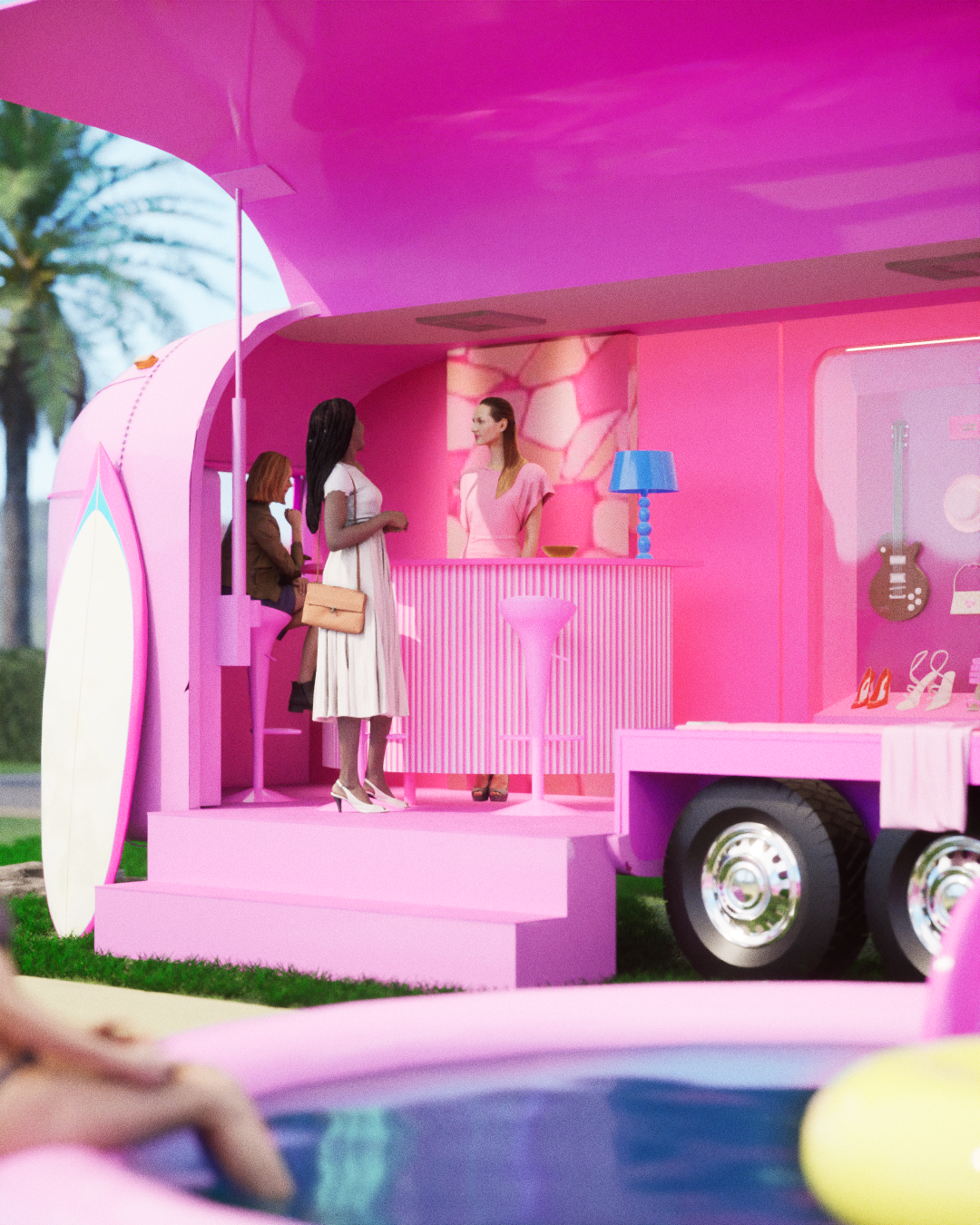
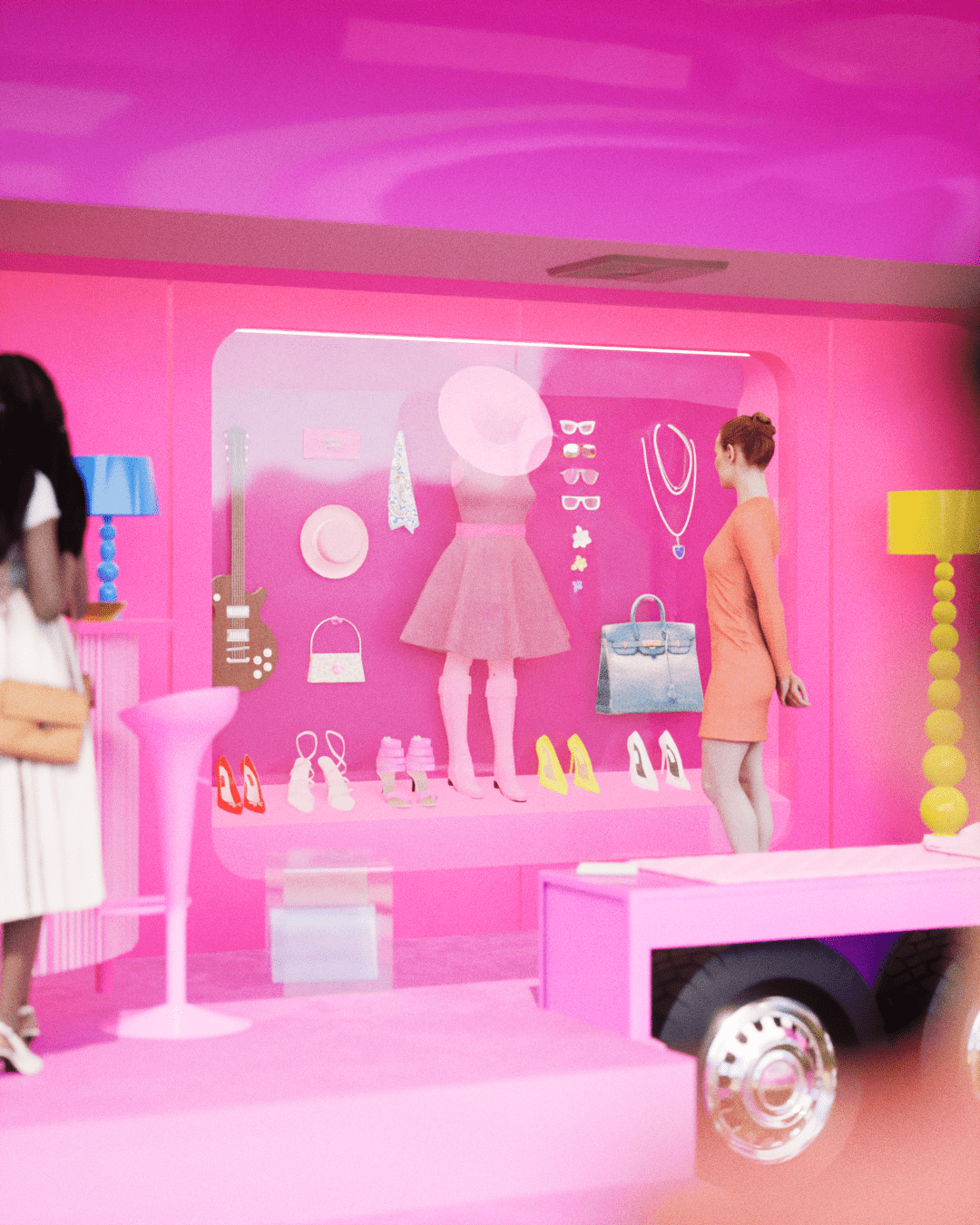
Barbie is definitely going to need to unwind after all the hard work she put into her movie. If you ask us, adding FTP’s Barbie’s Dream Airstream to her collection would be the perfect way for her to enjoy some much-needed R & R while promoting her movie on the road. So, Barbie, if you’re reading this, let’s go market!
Get in touch today to get started on your own project with Food Truck Promotions.
